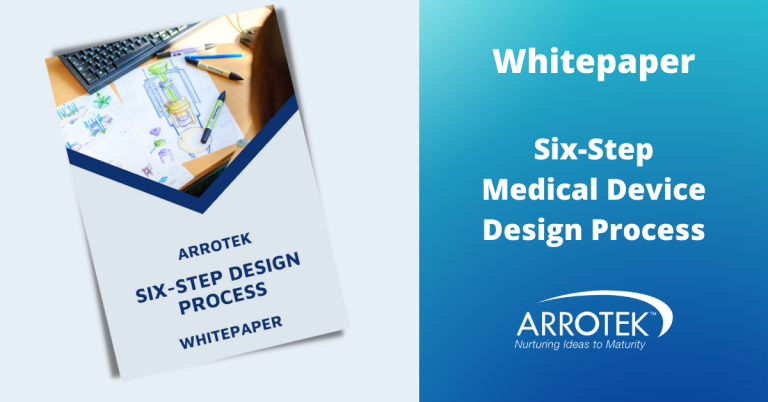Documentation is an essential part of designing a new medical device, getting regulatory approval, and then maintaining compliance while the product is on the market. A crucial part of that documentation is the Design History File (DHF).
There is a lot involved in creating and maintaining a DHF file. This blog provides an overview of the essential elements you need to know if you are about to begin, or are in the early stages of, designing a new medical device.
What is a DHF?
A DHF is a file of documents that outlines the design and development history of your medical device. It shows the evolution of the device through the design process.
It is part of FDA regulations in the US, so it is a requirement for that market, although only for Class II and Class III medical devices, i.e., higher-risk medical devices. In the regulations, creating a DHF is part of the Design Controls process which, in turn, is crucial to your Quality Management System (QMS). The goal when creating a DHF is to demonstrate the design process properly followed the Design Controls and documented each step along the way.
A complete and accurate DHF is required as part of the FDA approval process, but what are regulators looking for when they assess a DHF?
The main function of a DHF is to demonstrate, with documented evidence, that the design phase for the development of your new product followed the approved design plan.
It’s All About Documentation
Documentation is an essential part of the Design Control process. Furthermore, each step in the design process involves the creation of documentation. All of that documentation should be included in your DHF.
As for specifics, there are various types of documentation that should be included in a DHF. Exactly what should be included will depend on the device you are developing, but the main examples include:
- Design and development plan
- Design input procedures and approved design input documentation
- Design output procedures and approved design output documentation
- Design review procedures and documentation recording reviews
- Design verification process and results
- Design validation procedures and results
- Design transfer process and documentation, including product specifications
- Design changes information, including the process and documentation detailing each design change
Best Practices
The medical device design company you appoint to develop your new product should have a process for creating the DHF according to regulatory requirements. At Arrotek, for example, we have a well-established QMS that includes effective procedures for creating and updating DHFs.
However, it is also helpful to understand DHF best practices to give you a better overview of the regulatory approval process. Those best practices include:
- The design and development process should have a focus on regulatory requirements rather than being purely about product design. After all, the process isn’t just about designing a new medical device. Instead, it is about designing a medical device that will get regulatory approval so you can start commercialising it.
- The creation of the DHF should start at the very beginning of the process. Documents should then be added to it consistently as the design process progresses. Any delays in the creation of the DHF or any missed documentation can be challenging to catch up on and can result in an incomplete DHF.
- Keeping on the theme of DHF completeness, the DHF needs to be a complete record of the product’s evolution through the design and development process, with an emphasis on the word complete.
- A DHF isn’t just for obtaining initial regulatory approval. It is a document that must be maintained for the full lifecycle of the product and should always be ready for an audit.
- When creating and updating a DHF, more information is much better than not enough, so it can be helpful to include as much as possible. This includes concept sketches, material choice reasoning, information on prototypes, packaging and labelling information, bench testing information, and more.
Are DHFs a Requirement for Regulatory Approval in Europe?
Getting approval for your new product in Europe involves demonstrating compliance with the EU’s MDR – Medical Device Regulations. Unlike FDA regulations, there is no specific mention of a DHF or anything directly similar.
However, EU regulators do require technical documentation for your new medical device, and there is a line in the EU MDR that requires: “information to allow the design stages applied to the device to be understood”.
Furthermore, ISO 13485 requires a Design and Development File (DDF). ISO 13485 is the recognised standard for a medical device QMS.
A DDF should include evidence that the design process through its various iterations conformed to regulations. The key line in ISO 13485 is: “This file shall include or reference records generated to demonstrate conformity to the requirements for design and development and records for design and development changes.”
So, while there is no specific mention of a DHF in the EU MDR, similar documentation is required.
The DHF for Your Medical Device
While the creation of a DHF is a regulatory requirement, there are commercial benefits, as the DHF will include learnings from the design process that you can use to inform future development projects.
That said, the regulations around medical devices can be complex, particularly in relation to the documentation that is required to demonstrate compliance. Therefore, it is important to work with a team that has experience and effective procedures in this area.





